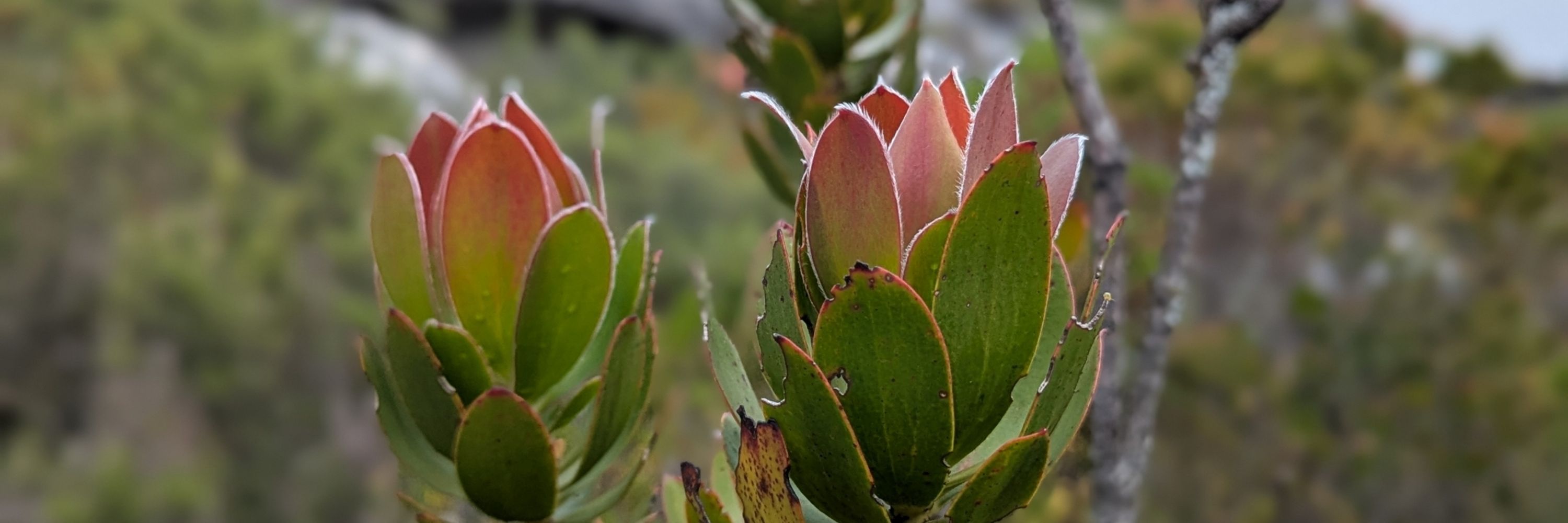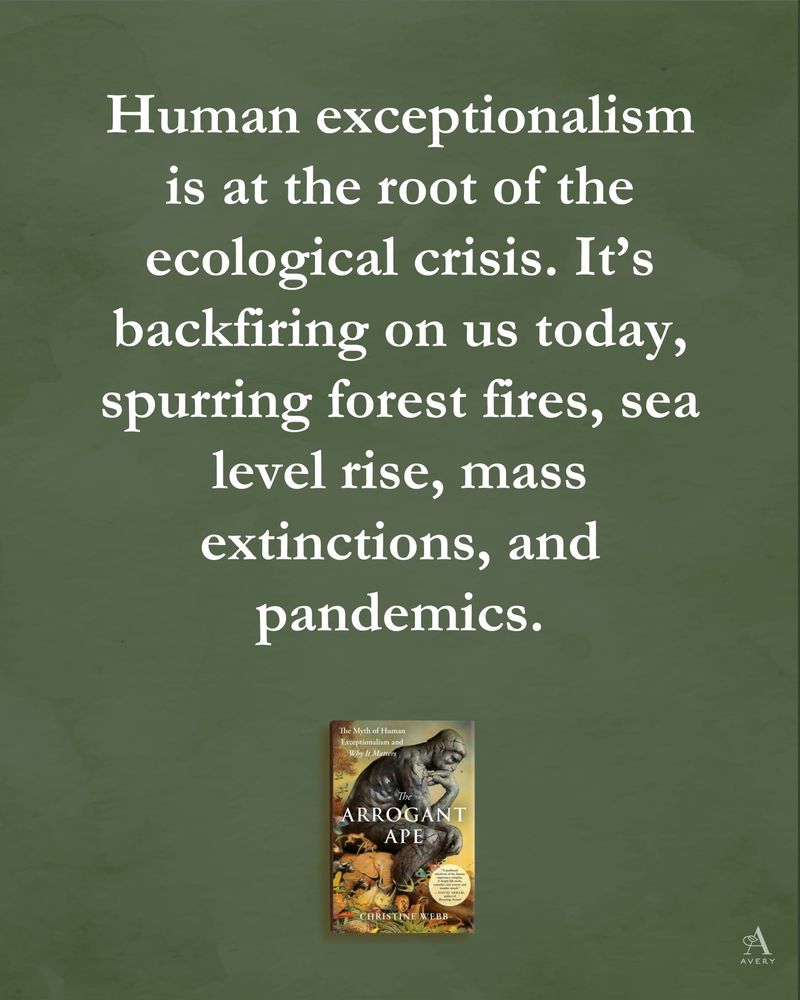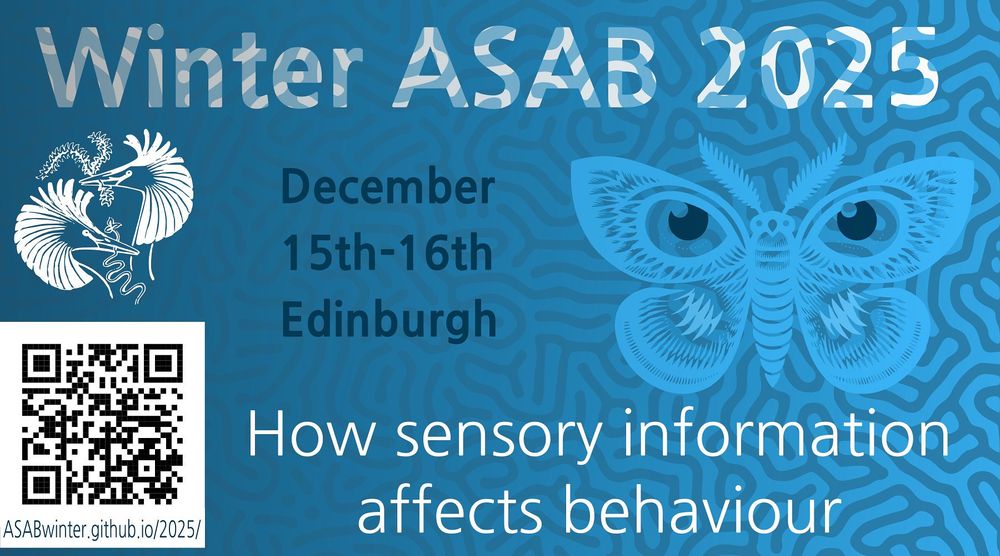Julia Espinosa
@jespinosa.bsky.social
1K followers
570 following
30 posts
Postdoc in comparative psychology, biology, & neuroscience @YorkU & @Harvard | Interested in individual differences and life experiences shaping canine social behaviour | #ManyDogs Founder & Co-Director | My job is just dog 🐶 | she/her/ella #LatinaInSTEM
Posts
Media
Videos
Starter Packs
Reposted by Julia Espinosa
Reposted by Julia Espinosa
Ian Hussey
@ianhussey.mmmdata.io
· Aug 15
Creating and validating standardized R project structures that are psych-DS compliant-ish
Making psychological code and data FAIR is hard, in part because different projects organize their code and data very differently.
Sometimes this is for good reasons, such as due to the demands of a g...
mmmdata.io
Reposted by Julia Espinosa
Reposted by Julia Espinosa
Julia Espinosa
@jespinosa.bsky.social
· Jul 27

a brown and white corgi dog is standing on top of a lush green field .
Alt: a red and white corgi dog with forward pricked ears and open mouth with loose tongue is doing a rapid weight change between their front paws on top of a lush green field. This behavior is also known colloquially as tippy-tappies and is generally considered an indicator of positive excitement and anticipation in the dog.
media.tenor.com
Julia Espinosa
@jespinosa.bsky.social
· Jul 27
Reposted by Julia Espinosa
Aidan Wright
@aidangcw.bsky.social
· Jun 10
Reposted by Julia Espinosa
Reposted by Julia Espinosa
Julia Espinosa
@jespinosa.bsky.social
· Apr 27













